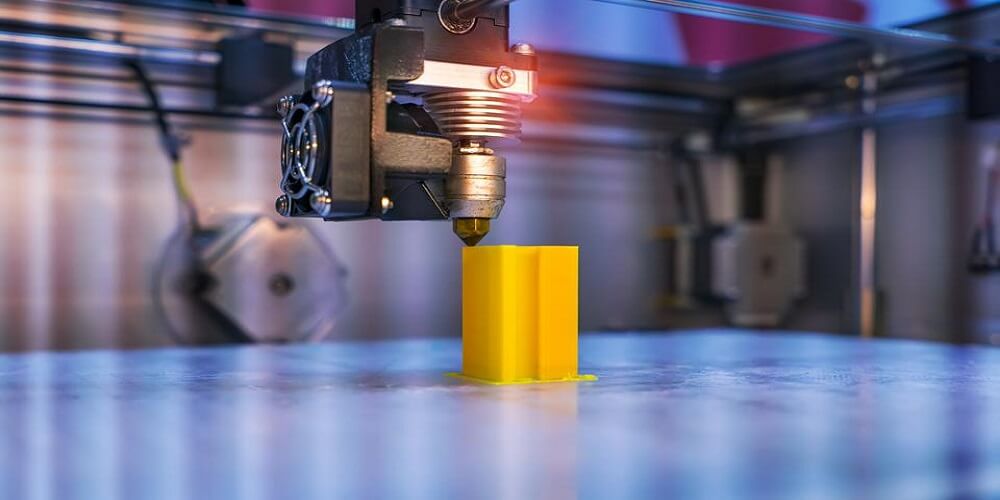3D slicer is an important part of 3D printing for most makers. Even though is it usually a challenge for a new maker and some others to use, it is learnable.
Many makers have gone to one 3D printing store or the other to get information about 3D printing and 3D slicer. The information you seek is here.
Working with the settings on the 3D slicer can be very confusing. This is because each material that you wish to use to make your designs has its specific settings.
So many settings peculiar to each material and the design you wish to create makes using the software a little burdensome but remain very useful.
What Are Some 3D Slicer Settings You Need to Know?
1· Fill Density
The density of space inside the outer shell of an object is called an infill. Makers will easily pick up on the fact that infill is measured in percentage (%) instead of being measured in millimeters
It is expected that an object will come out solid on the inside when it is printed with an infill of 100%. As you increase the percentage infill of the design, the heavier and stronger the designed object will be.
Keep in mind that printing with 100% infill will cost you more. For those people creating a display object, it is recommended you use a 10 to 20% infill.
75 to 100 infill is also recommended for makers who want the well-built object. Using infill will create a grid-like pattern to give your object more support from the inside.
2· Print Speed
While laying down filaments, the speed at which the extruder travels is known as the print speed. The design you are printing and the printer also determines the optimal setting.
Other factors that determine the optimal settings include the filament that you are using and even the height of the layer.
If you wish to print a complicated design, it is better to print at a lower speed. You can start at 50mm/s. Doing a fast print will probably cause a few complications, mostly if the design is complicated as well.
3· Layer Height
This can be called your print resolution. The layer height setting picks out the height of each filament available in your print.
when prints are created with thinner layers, they are bound to have more detailed finer surfaces. With smoother surfaces like this, the individual filament layers become difficult to see.
Thinner layers take a longer time to come out. This can be a painfully long period since the objects are usually made up of many layers. But the quality is always worth the wait.
There will be no need to be that slow when you are building an object that does not have a lot of detail. Objects with no detail should be able to print faster.
4· Retraction
The retraction feature is the feature that forces the 3D printer to stop printing when there is a discontinuity in your design during 3D printing.
In most 3D printers, the filament can get clogged when this setting is enabled. You should turn on retraction if you notice too much filament being thrown about.
Conclusion
The 3D slicer can become a very easy tool once you fully understand the settings and how they can ruin your design or make it better.

